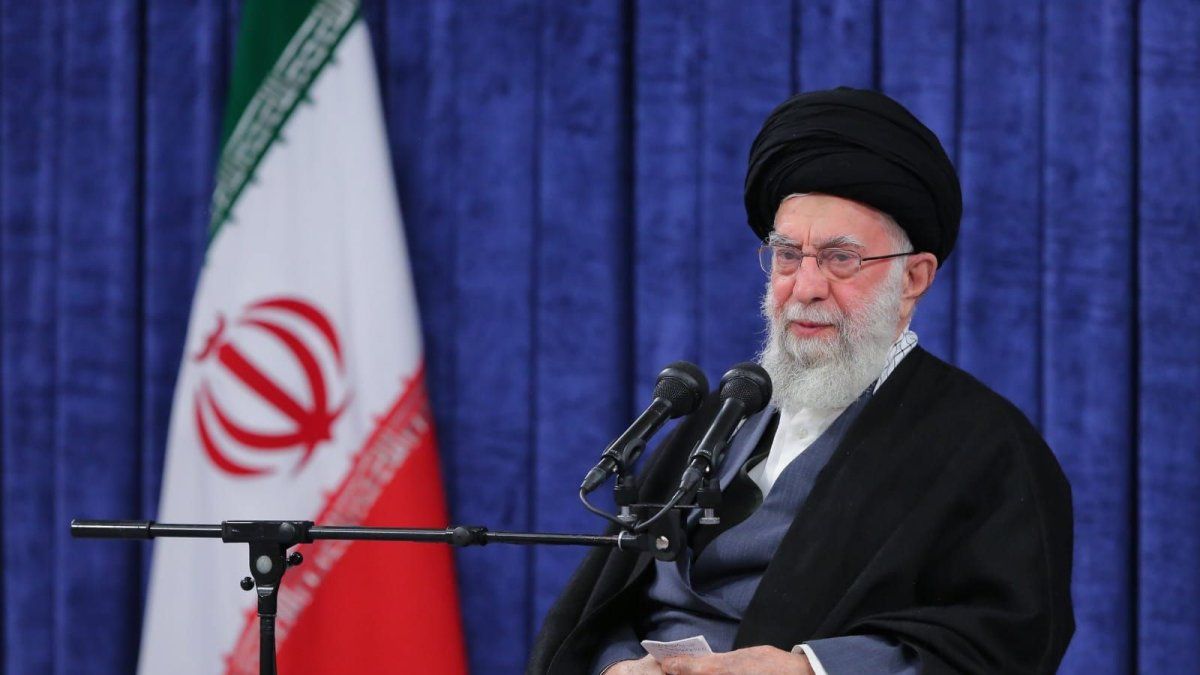The local impact of economic instability in Argentina There is no doubt: diversion of consumption, blow to competitiveness, limitation on exports, unemployment and even a drop in tax revenue.
With the presidential elections this Sunday, the uncertainty reaches maximum levels and the attention, both on this and the other side of the Río de La Plata, is focused by the market and analysts on what happens from post-election Monday and the outcome period until the next government takes office. Argentine, on December 10.
Experts consulted by Scope in Argentina They estimate that the correction of the official exchange rate (today at 368 Argentine pesos) will be in November and December. This is demonstrated by the dollar futures market which foresees a devaluation of 8% until the end of October, with a cumulative of 116%, in three months of 178% and in four months of 218%. We are talking about next August devaluation of the official dollar could reach 300%.
The bank JPMorganFor its part, it estimates that at the end of the year the official dollar will be 750 Argentine pesos. While by March 2024 it is expected to be at $1,100 and in June at $1,350.
What will happen to the blue dollar?
After the blue dollar hit the all-time high of 1,000 Argentine pesos 10 days ago, its price has gone down due to numerous controls and detention operations in the so-called “caves”, lowering its value.
Analysts agree that the scenario of how the blue dollar will react tomorrow or from now on until the new government takes office is uncertain. It is worth remembering that, according to opinion polls, the libertarian Javier Milei is the favorite, followed by the Minister of Economy, Sergio Massa. If there is a ballot, it would be on November 19.
The head of Strategy GMA CapitalNery Persichini, assured Scope in Argentina that the market is orphaned of anchors for expectations. For the economist, the Government’s tools to stabilize already have little traction because, given the results of the PASSED, companies and investors pay more attention to what the opposition says. “The drivers of this dollar sprint now escape the fundamentals and are more related to panic,” he analyzed.
The price gap between Uruguay and Argentina at its historical maximum
The price gap with Argentina reached its highest historical value since the UCU Economic Observatory in Salto The measurement is carried out (2015), reaching 180% in September, driven by the strong devaluation experienced by the neighboring country after the PASO elections in August.
It should be noted that this percentage, for which the Catholic University of Uruguay takes the monthly average of the price of the blue dollar as a basis, did not include the historical peak of 1,000 pesos in October so, in fact, the gap is greater .
“We hope that the situation in Argentina continue to deteriorate next year. Although they differ in the possible measures to be implemented, there is no immediate way out of the current situation, so as it continues to worsen, the effects on Uruguay “they will continue to feel,” he considered. Florencia Zufiría, economist in the Economic Analysis and Projections Service area of CPA Ferrerein dialogue with Ambit.
For its part, Ignacio Umpiérrez, economist at the Center for Development Studies (CED)considered that “a stabilization plan credible that combines a nominal anchor (the exchange rate) and a real anchor (fiscal adjustment), after unification of the exchange market and an honesty of rates”, added to the fact that the next president ensures the governance policy, should direct the situation in Argentina.
Despite this scenario being fulfilled, the specialist remarked on his Twitter account: “I insist that we must internalize that our neighbor is and will be a significantly more impoverished and cheaper economy than Uruguay. Perhaps what made the non-tradables tradable will slow down, but I tend to believe that the exchange gap will continue to be high.”
Source: Ambito




